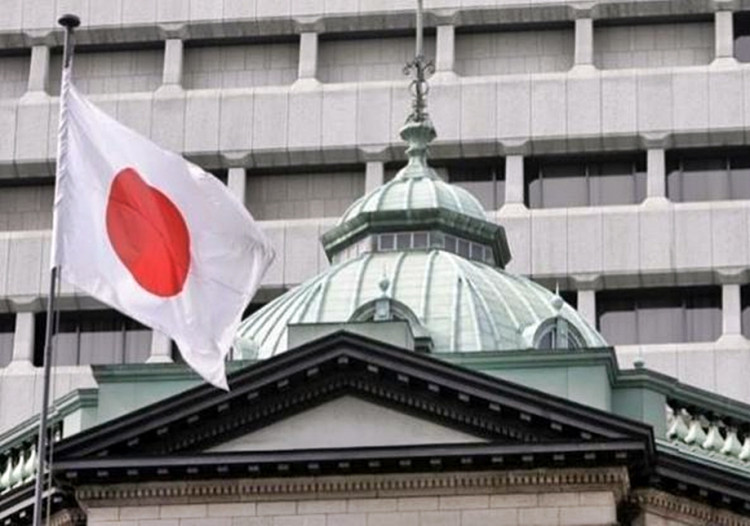The Bank of Japan held its key interest rate at 0.5% on Wednesday, signaling a cautious approach amid rising uncertainty over U.S. President Donald Trump's tariff policies and potential risks to Japan's export-driven economy.
The decision follows the BOJ's January rate hike, the first in 17 years, which lifted short-term borrowing costs from zero to 0.5%. However, policymakers opted to stand pat this month as they monitor both domestic wage and price trends and growing concerns over global trade tensions.
Markets had widely anticipated the BOJ's decision to pause, with Governor Kazuo Ueda previously signaling a wait-and-see stance. "I am worried about uncertainty regarding overseas economic and price trends," Ueda told Japan's parliament last week when asked about potential risks.
At the center of those concerns is the prospect of higher U.S. tariffs. Trump's administration recently imposed 25% levies on steel and aluminum imports and is expected to announce tariffs on automobiles by April 2. Analysts warn that the policy shift could stoke fears of a global slowdown and weigh heavily on Japanese exports.
"It's natural for central banks to become cautious in the face of rising uncertainty," said Mari Iwashita, executive economist at Daiwa Securities. "For the time being, the BOJ will have to wrestle with Trump-induced risks."
While Japan's domestic economic indicators have shown positive signs, including rising wages and persistent inflation above the BOJ's 2% target, the external environment remains volatile. Inflation hit a two-year high of 4% in January, driven by companies passing on higher raw material and labor costs to consumers.
Wage growth is also providing a boost to consumption. Japan's major firms agreed to pay hikes averaging 5.5% in recent labor negotiations, marking the third consecutive year of strong wage gains and the highest increases in three decades.
Despite these tailwinds, BOJ officials are treading carefully. Economists expect the central bank to assess the impact of its previous rate increases and weigh Trump's trade measures before committing to further tightening.
"With the dust still settling from January's rate hike... ," said Stefan Angrick, economist at Moody's Analytics. "BoJ will want to gauge the impact of recent monetary policy changes on the economy before making its next move."
The Organisation for Economic Cooperation and Development (OECD) this week projected global growth to slow slightly, from 3.2% in 2024 to 3.1% in 2025 and 3.0% in 2026, citing the drag from higher U.S. tariffs.
The BOJ is expected to revisit its growth and inflation forecasts at its next policy meeting scheduled for April 30 to May 1. Analysts believe that if domestic wage and price pressures continue, the bank could raise rates again as early as the third quarter. A Reuters poll shows over two-thirds of economists anticipating a hike to 0.75% by July.






